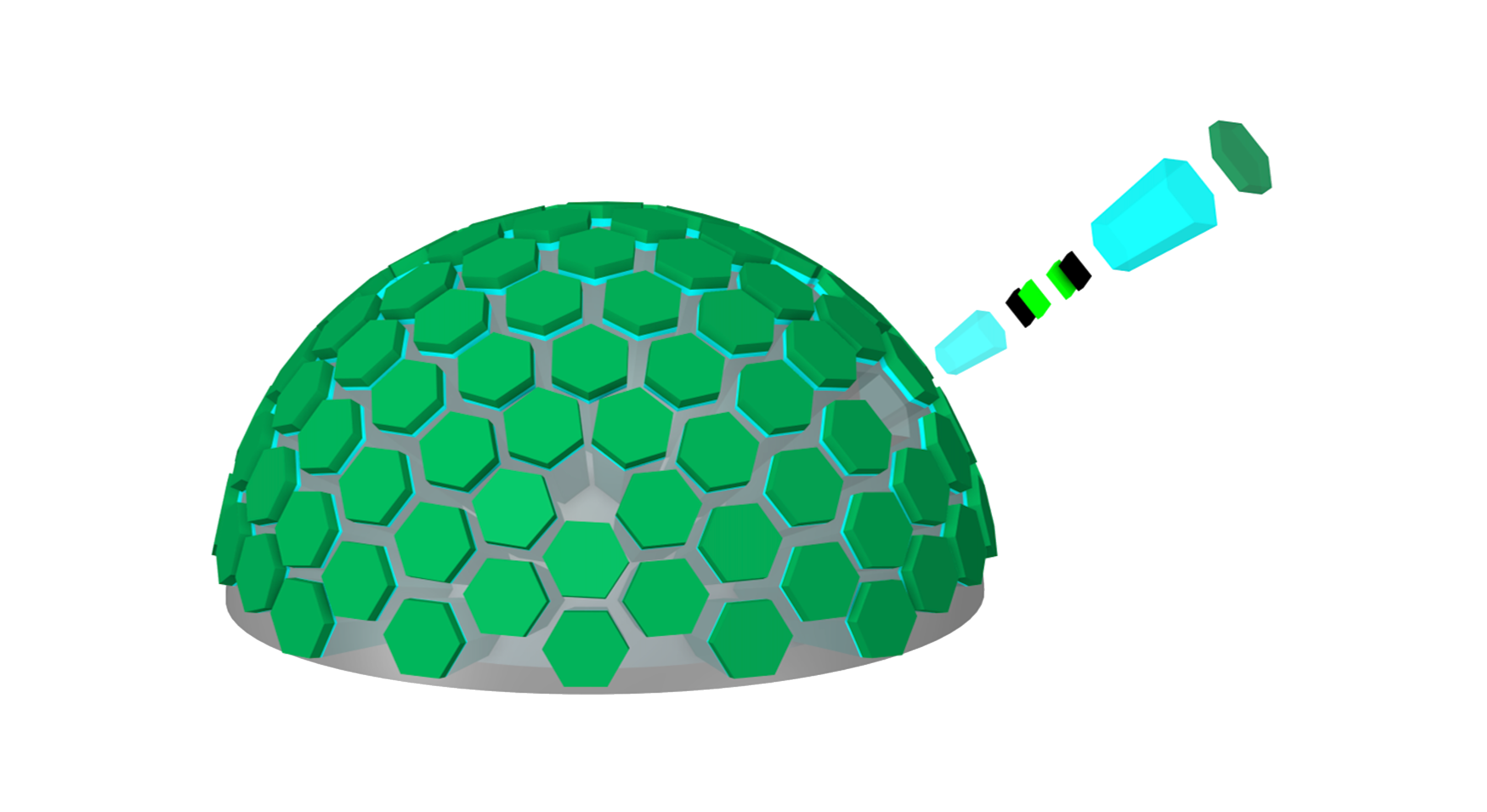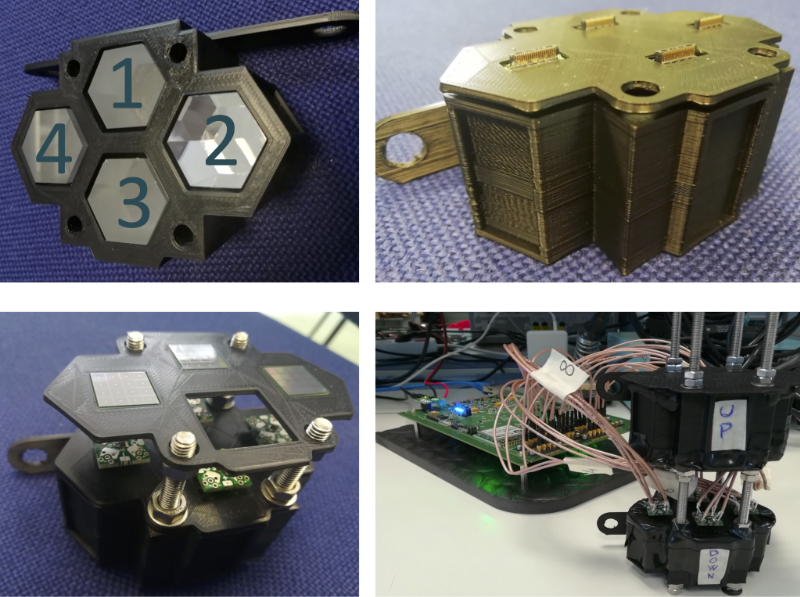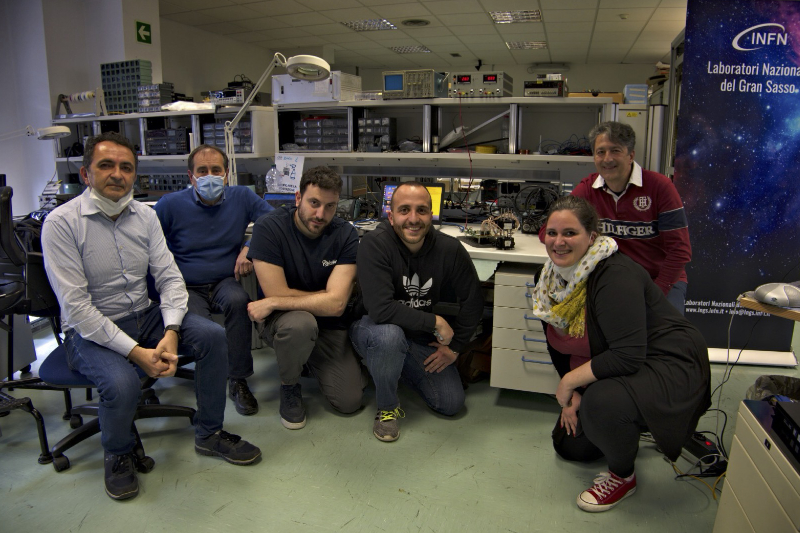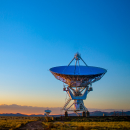
New Horizons for Observing the Universe with the Crystal Eye
Crystal Eye is an innovative space detector for X and gamma rays that could significantly impact the study of the cosmos and the design of future space missions.
In simplified terms, this is a cutting-edge instrument that is central to an important activity within Astra's Work Package 1 - developing new space hardware technologies. Crystal Eye is a highly sophisticated hemispherical device designed to detect intense gamma-ray bursts It aims to uncover the mechanisms that generate them. Roughly the size of a basketball, it is made of crystals that emit small flashes of light when gamma radiation is detected.
The project began in 2018 at the University of Naples Federico II, where Felicia Barbato, received the initial pilot funding to develop the idea. Now she is a Type B researcher at the Gran Sasso Science Institute.
During that period, such projects gained new relevance due to the surfacing of what is now known as multimessenger astronomy. Projects such as gravitational wave experiments represented a massive breakthrough in astrophysics. "Crystal Eye may play a crucial role in the multimessenger approach - says Barbato - we will attempt to observe the same point in the sky from different perspectives, gathering information from as many messengers as possible. In doing so, we aim to reconstruct phenomena such as the origin of gamma rays as if solving a puzzle”.

The challenge arises when detecting specific energy ranges of gamma rays, as few operational satellites are currently capable of this. This is where the idea of the Crystal Eye comes in. As explained by Barbato: "On the one hand, there are ground-based and space-based telescopes that offer high-resolution observations but within very narrow fields of view. In contrast, the Crystal Eye provides low-resolution images but has a hemispherical field that covers a much wider range. This allows it to signal gamma-ray sources to instruments with higher resolution but more limited observation fields”.
The Astra team is currently working on a prototype of Crystal Eye with a few pixels. They aim to launch it into space aboard the European Space Agency's (ESA) Space Rider in 2026. If the launch and the reentry are successful, the experiment's data will be recovered, and potential damage to the instrument—whether from radiation or the stresses of launch and reentry—will be assessed.
Developing the prototype helps technological research: it allows space testing of technologies that work on Earth but must be adapted to the unique conditions of the space. “For instance” Barbato shares “while previous detectors were larger and more fragile, the Crystal Eye will feature Silicon Photomultipliers (SiPMs), similar to the parking sensors on cars, which have never been tested in space.”

This represents a significant opportunity for future investments in space technology, as the current weakness of detectors lies in their susceptibility to radiation damage. The research aims to discover how to protect these devices once in orbit. Reducing sensor size while improving flight durability leads to lower energy consumption and more efficient experiments. In other words, if the Astra experiment succeeds, it could represent a major technological progress.
The energy range that Astra's Crystal Eye aims to explore is particularly intriguing, as it remains relatively unknown from an experimental data perspective. This part of the project has received €4.1 million in funding, which will also support the setup of laboratories.
The data collected by the Crystal Eye, combined with information from other gamma-ray detection instruments, will allow researchers to study the sources of these powerful electromagnetic radiations. This will enrich scientific knowledge and fulfill humanity’s “curiosity abouthow the universe works,” says the GSSI researcher.
In short, Crystal Eye will be another eye, gazing into the depths of the universe.

